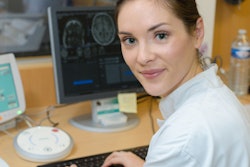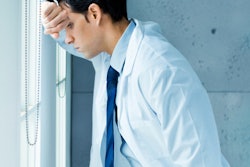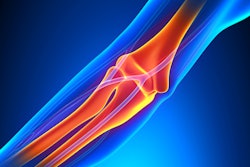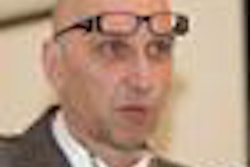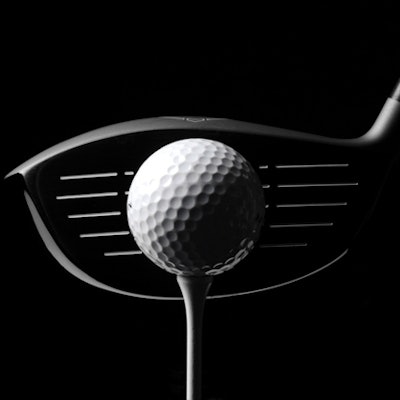
Around 5% of radiologists regularly play golf, and their average handicap is 16, but compared with orthopedic surgeons and urologists, they're most definitely missing out, according to a study published online on December 10 in BMJ.
Golf has long been a stereotypical leisure activity among medical professionals across the world and may have potential to help lower the high rates of physician burnout, noted senior investigator Dr. Anupam Jena and colleagues from Harvard Medical School in Boston.
To shed light on the level of physician engagement with golf, the researchers examined the Doximity physician database and the U.S. Golf Handicap and Information Network to determine the proportion of physicians who played golf as of August 1, 2018, and how well they performed. More than 40,000 physicians logged their golf scores into the network.
The group found that the rates of physicians who regularly played golf varied widely across specialties, with surgical subspecialties having the highest percentage of participants and internal medicine physicians at the bottom. Radiology stood roughly in the middle of the pack.
| Golfing trends by physician specialty | ||
| Specialty | Percentage of physicians who play golf | Average handicap |
| Orthopedic surgery | 8.8% | 14.9 |
| Urology | 8.1% | 15.8 |
| Cardiology | 5.6% | 15.6 |
| Radiology | 5.2% | 15.9 |
| Radiation oncology | 4.9% | 16 |
| Family medicine | 3.6% | 16.1 |
| Internal medicine | 2.9% | 16.2 |
Nearly 90% of these golfers were male, and 5.5% of all male physicians played golf compared with 1.3% of female physicians. Most of the physicians who played golf were also older, typically between 61 and 70 years old.
The average golf handicap was 16, which is slightly worse (i.e., higher) than the average handicap for all nonprofessional golfers. Specialties with the largest percentage of physicians who played golf tended to have the best handicap.
"Golfing is common among U.S. physicians, particularly among male physicians and surgical subspecialties," the authors wrote. "The association between golfing and patient outcomes, costs of care, and physician well-being remain unknown."




